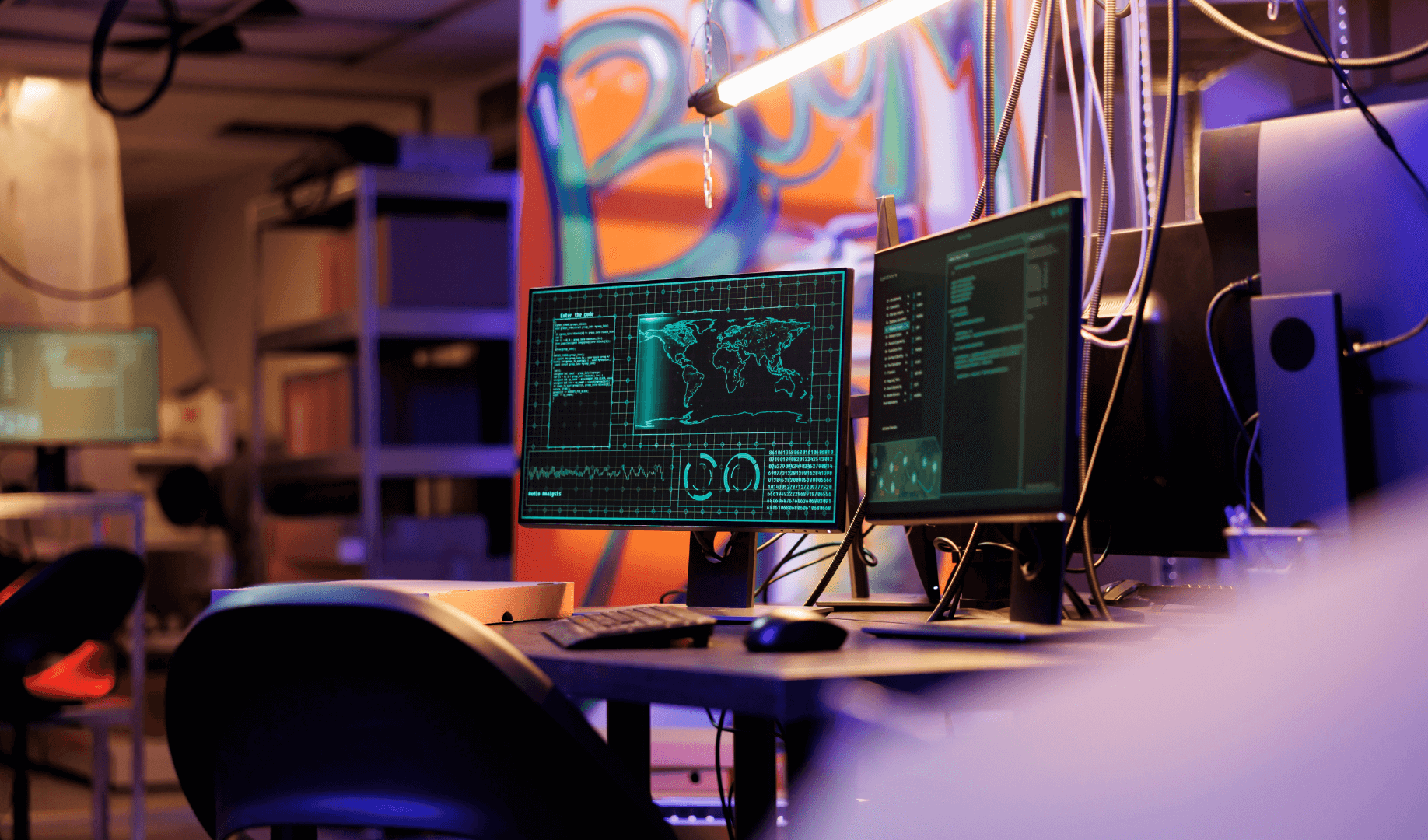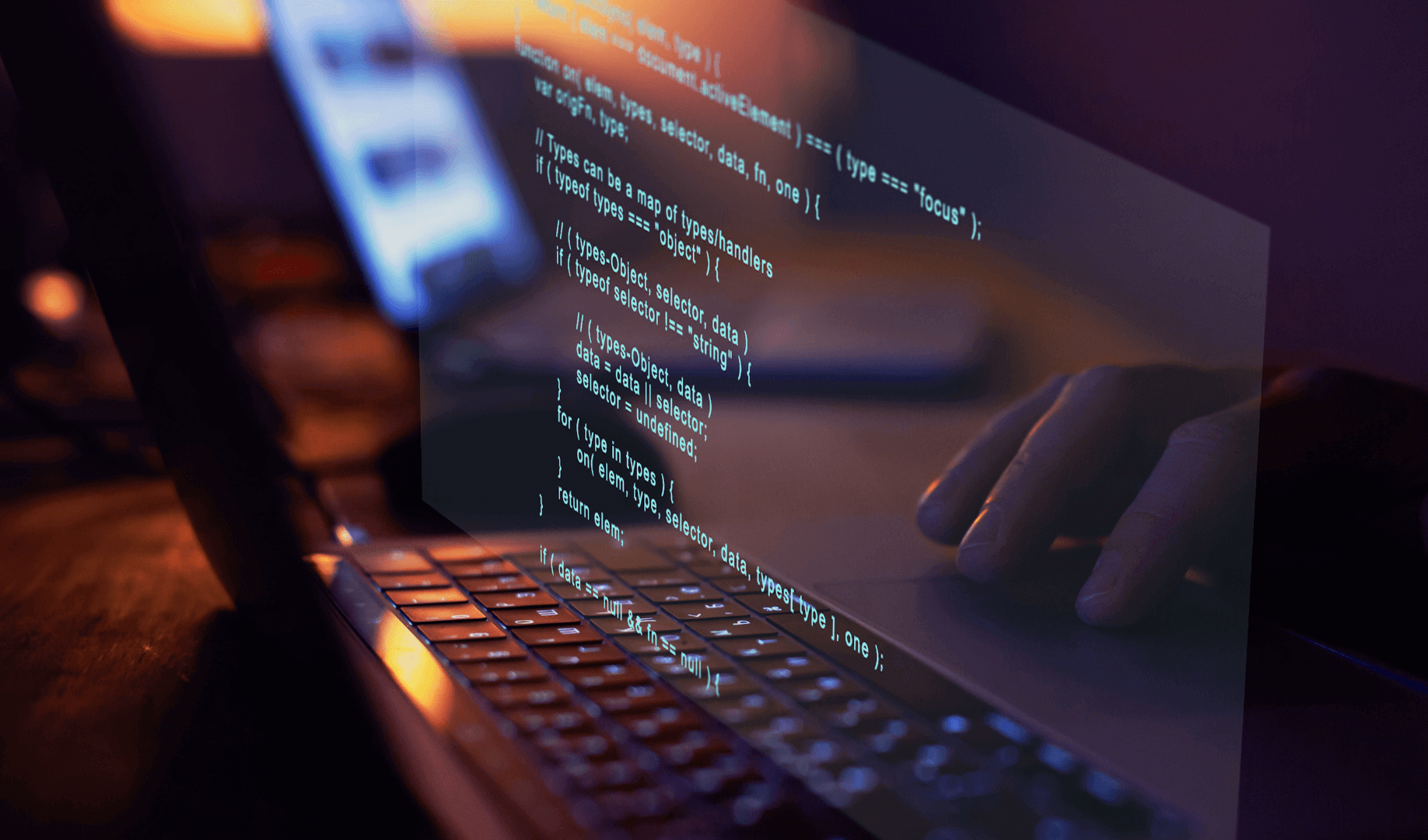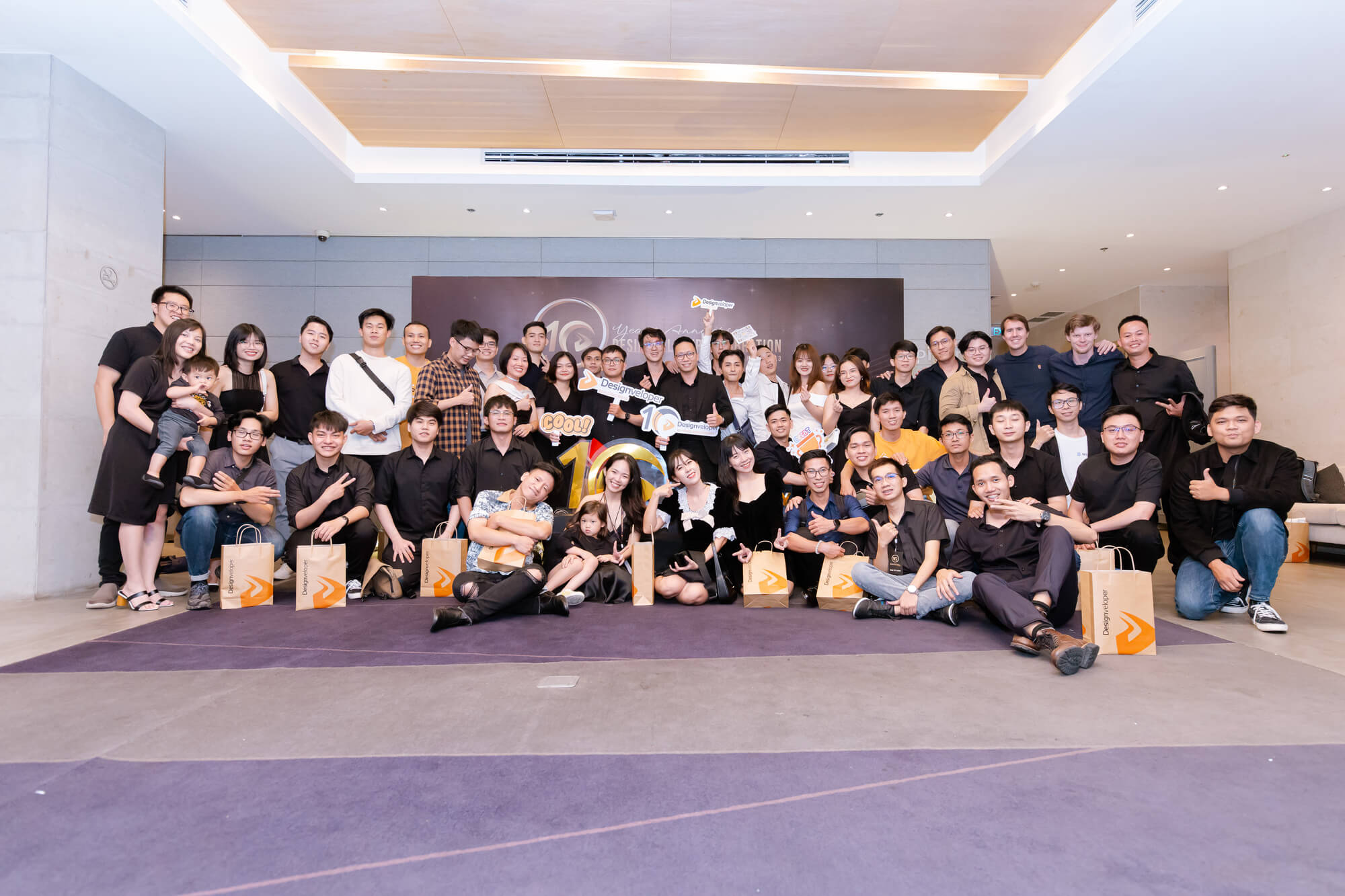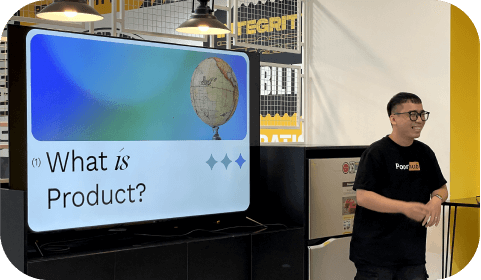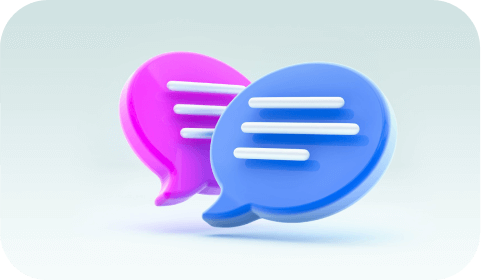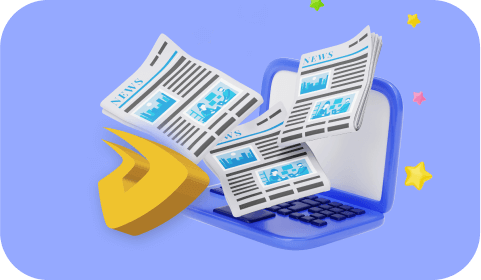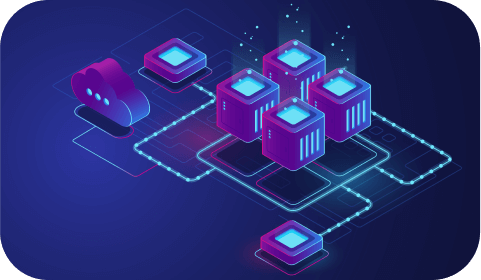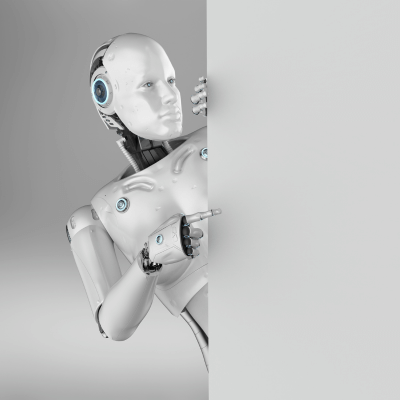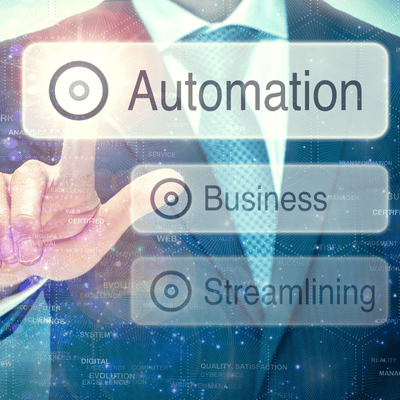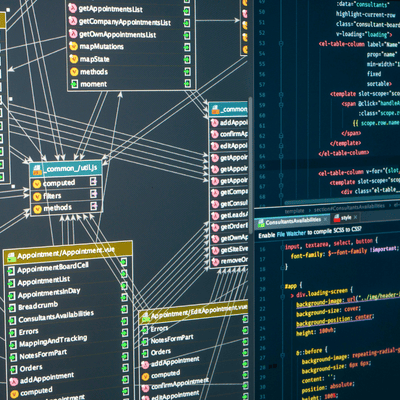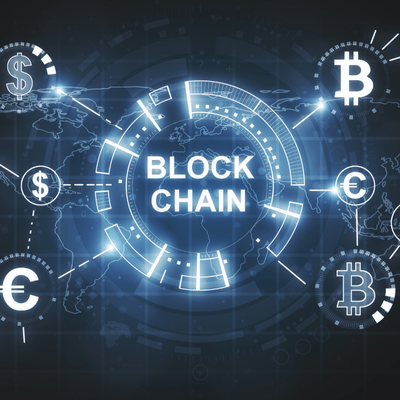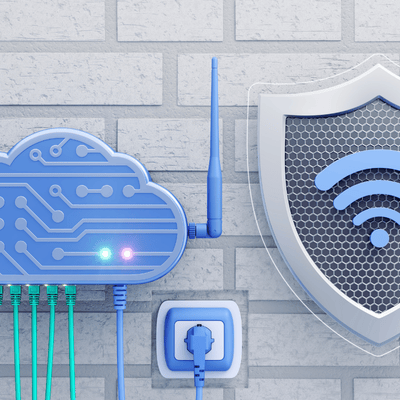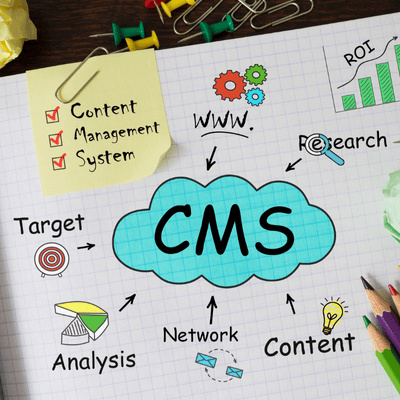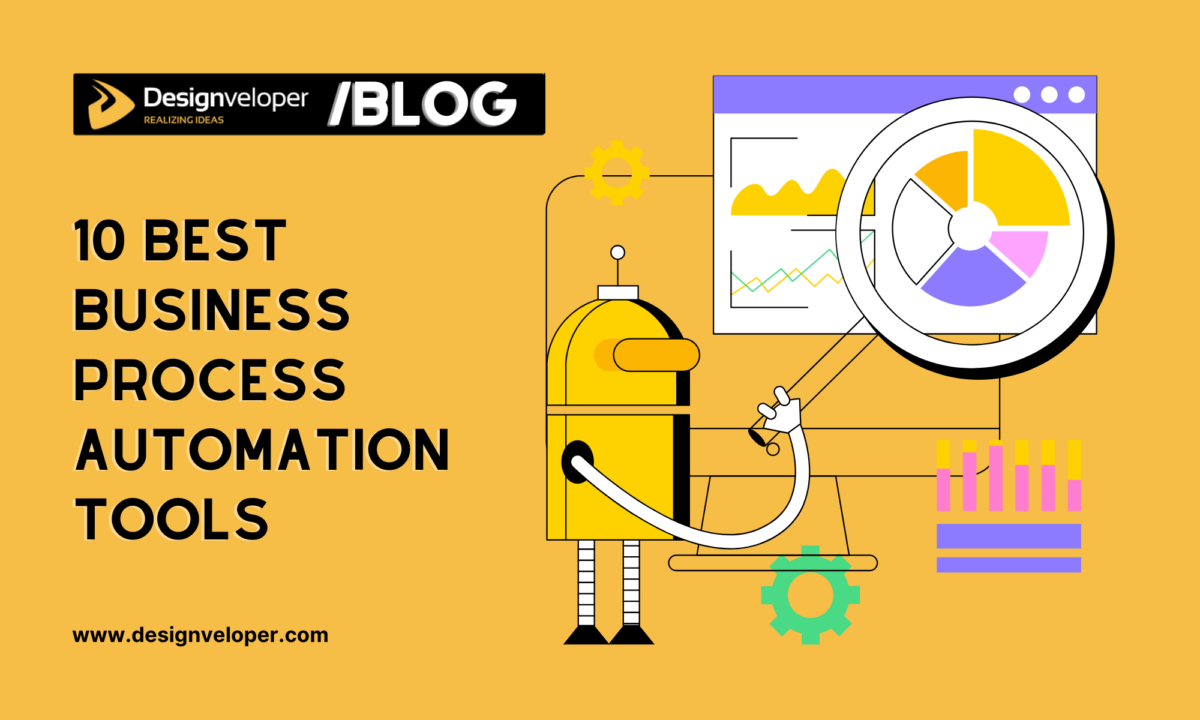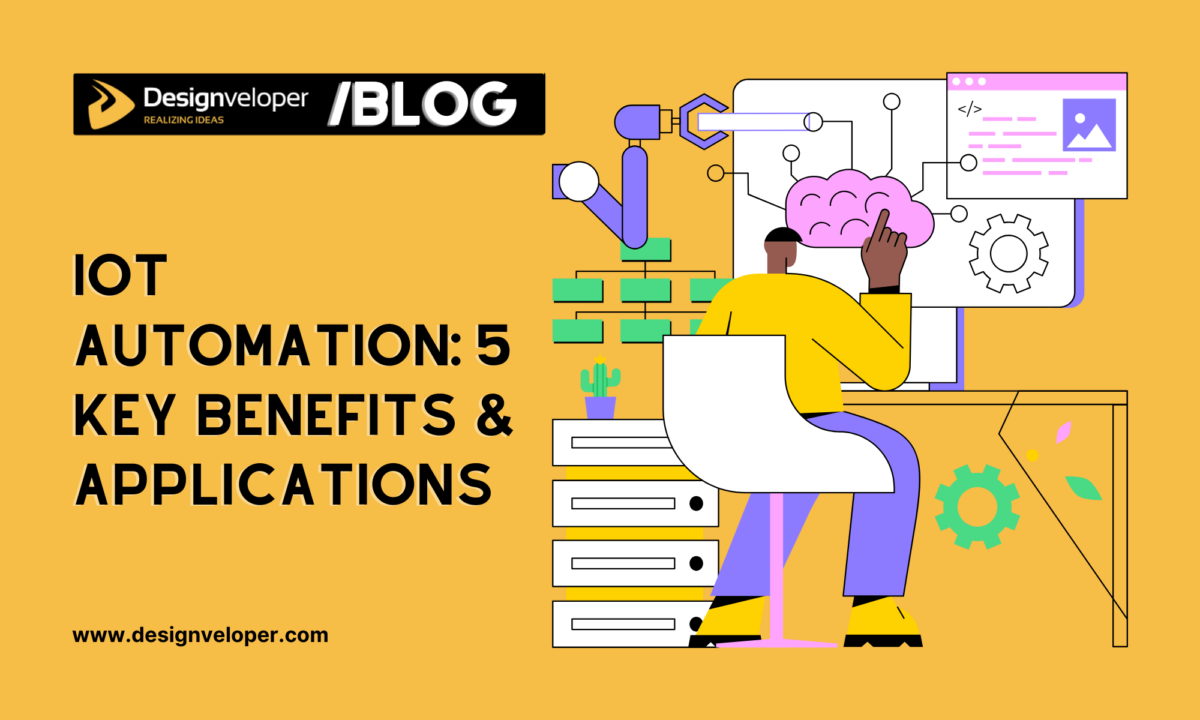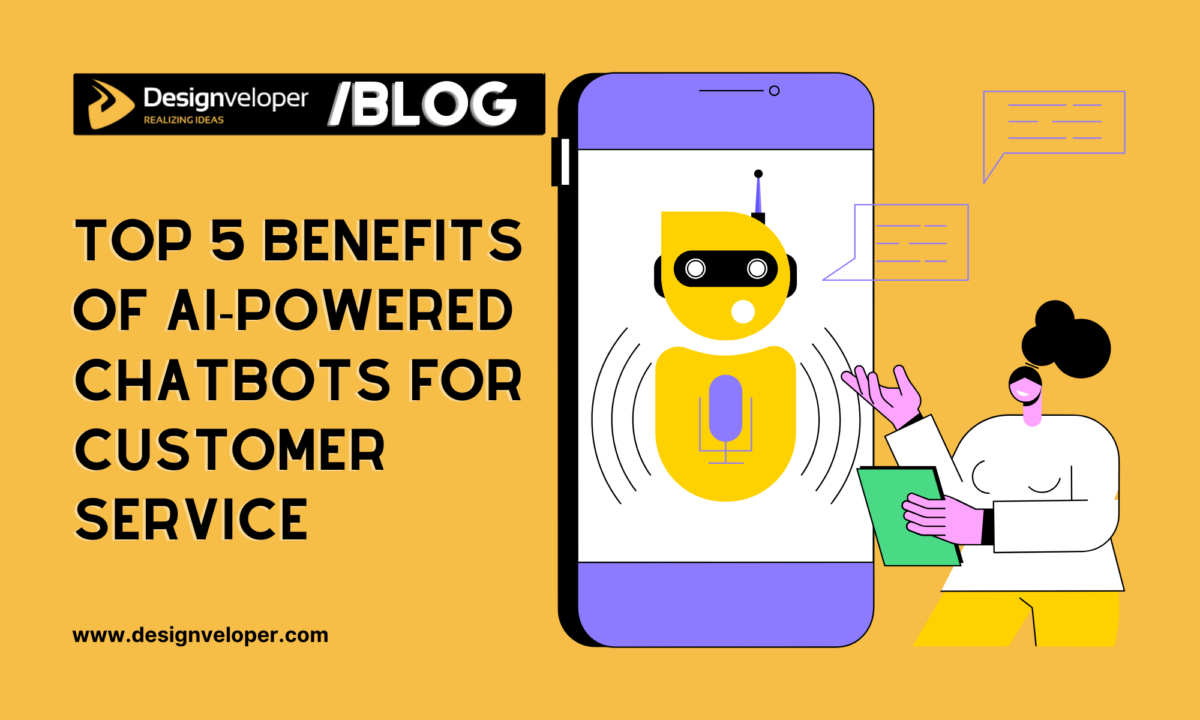IoT Automation: 5 Key Benefits & Applications in 2025
April 17, 2025
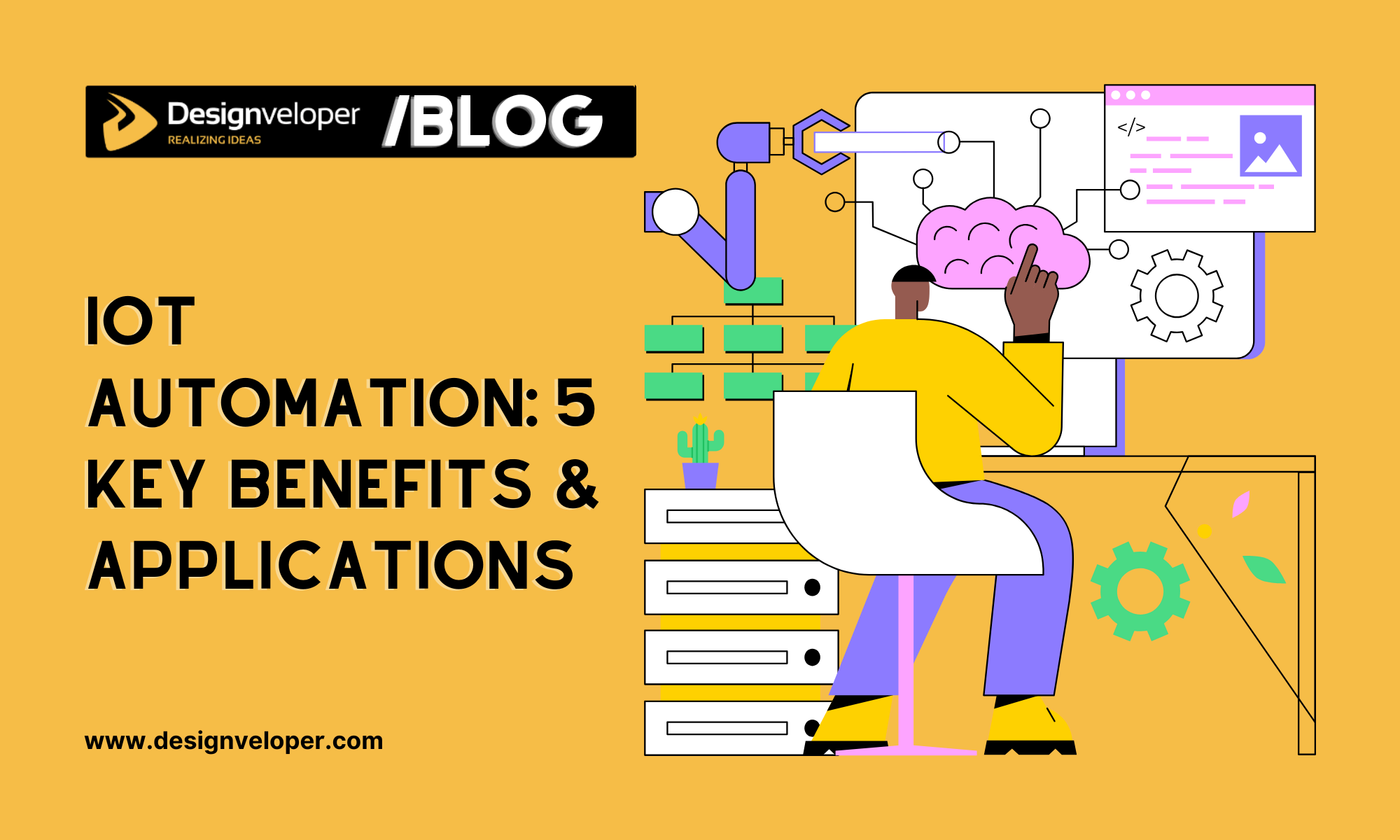

In recent years, we’ve seen IoT devices and software being used to automate workflows and reduce manual work. IoT automation provides a variety of value to businesses across industries, including manufacturing, healthcare, and smart homes. Let’s look at the five main benefits and uses of IoT automation in 2025!
5 Key Benefits of IoT Automation
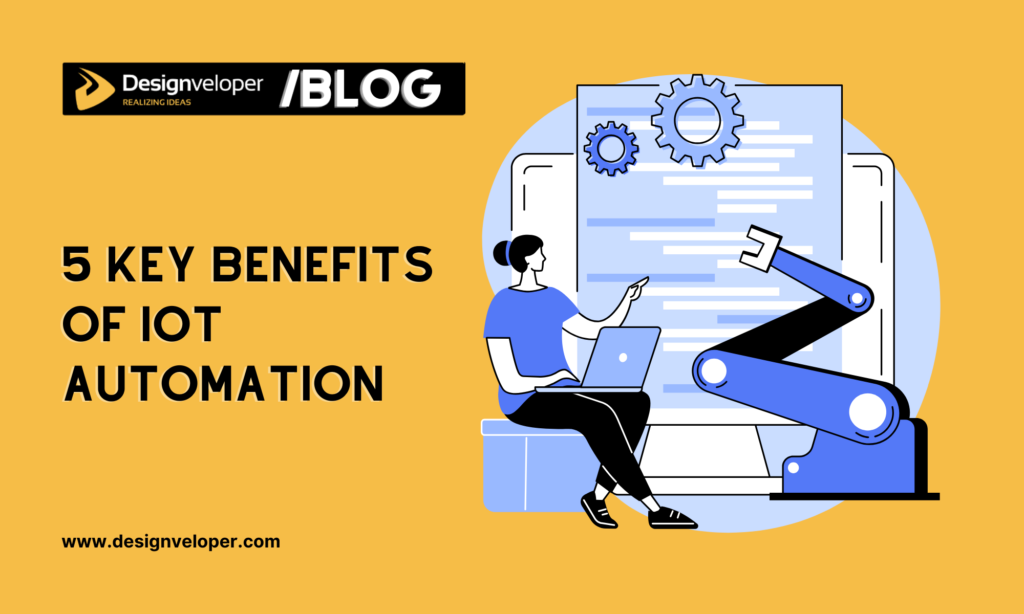
IoT automation has become increasingly popular owing to its transformative benefits. These benefits include:
1. Increased Productivity & Efficiency
IoT technology enables physical devices to make connections with each other and other systems through communication protocols. In this way, they will collect and share real-time data, thus providing insights about performance. For instance, sensors in the machines in an industrial factory can notice variations in temperature or vibrations, collect that information, and enter it into a central system.
The IoT automation can then examine the data and predict breakdowns or failures. Consequently, downtime will diminish, proactive maintenance can occur, and equipment life can be maximized.
Some IoT devices may even act on the information they gather. A common example would be autonomous agents such as Waymo, Tesla, or Aurora vehicles. During operation, these self-driving vehicles use sensors, radar, cameras, etc. to observe their environment, recognize obstacle presence, acquire up-to-date weather or traffic information via cloud authentication, or even share data with other autonomous agents. The data plan enables navigation on the road and identification of possible problems in a manner that will improve and secure transit.
With all these capabilities, IoT automation can optimize operational efficiency. Especially in fields like manufacturing, logistics, or transportation, IoT can handle large workloads, freeing up humans to do more strategic tasks and keeping them productive.
2. Cost Reduction
IoT automation optimizes operational costs by reducing labor costs, allocating resources effectively, and managing energy consumption.
For example, physical devices such as equipment in a factory collect sensor data to observe environmental elements (like temperature) and automatically adjust systems to improve energy efficiency. Robotic devices with cameras and sensors facilitate the inspection of quality during the manufacturing process and aid in transporting items in warehouses. Meanwhile, IoT-based systems in agriculture help control nutrient and soil moisture levels. This automates precise irrigation and fertilization as well as reduces waste.
All these real-world examples prove the impact of IoT automation in handling large workloads with high accuracy, removing the need for employing a large number of laborers. Besides, it knows exactly when and how to distribute resources to maximize efficiency and optimize energy consumption. This helps your company save huge costs in the long term.
3. Enhanced Safety & Security
IoT automation allows your company to monitor important systems remotely in real-time and receive automated alerts about their performance, especially in dangerous zones.
Particularly, IoT helps oil and gas manufacturers to regularly check pipelines and equipment. If it detects cracks, leaks, or malfunctions, it can offer early warnings to personnel to avoid unexpected events (like fires or injuries). Additionally, in hazardous areas, companies can use remote-controlled robots to handle tasks on human behalf or cameras to inspect human activities in real-time. This helps minimize the likelihood of accidents.
Further, IoT-based access control systems or sensor networks secure your working environments. They accordingly detect unusual activities or unauthorized access to restricted zones.
4. Data-Driven Decision Making
IoT systems automatically collect, transfer, and analyze sensor data to acquire insights that are helpful to your company’s decision-making.
As an example, healthcare organizations could use IoT to assess compliance with hygiene requirements or remotely monitor a patient’s health condition. By using data, either near-real-time or historical, collected from sensors and wearables, healthcare providers can optimize standards related to hygiene compliance, catch early signs of symptoms that are abnormal, and inform treatment approaches for an individual.
In addition, in regard to logistics and transportation, businesses can utilize sensors to analyze real-time changes in the environment while on the move (for instance, traffic and weather). This helps fleet operators understand whether the planned route is convenient for their fleets or whether temperatures within containers are suitable for the content. Then, they can change routes if needed to avoid traffic jams or notify drivers about the conditions of packages to avoid damages.
5. Improved Customer Experience
The Internet of Things (IoT) allows your business to deliver an exceptional customer experience in industries such as smart home & buildings, retail, and healthcare.
For example, home automation products (e.g., smart thermostats or smart security systems) automatically carry out some tasks, such as taking action to change the temperature, turning the lights on and off, or notifying the homeowner of an intrusion. This creates a friendly home experience for the homeowner, including the user with disabilities.
Meanwhile, IoT technology helps retailers manage product availability on shelves, track customer journeys, and discover which areas they like to visit the most. This allows them to stock products immediately, optimize store layouts, and display in-store personalized adverts. Accordingly, this increases customer satisfaction and drives sales.
5 Key Applications of IoT Automation in 2025
With the mentioned transformative benefits, it’s no wonder IoT automation has wide applications across industries. Below are five key applications of IoT technology in 2025:
1. Smart Manufacturing & Industry 4.0
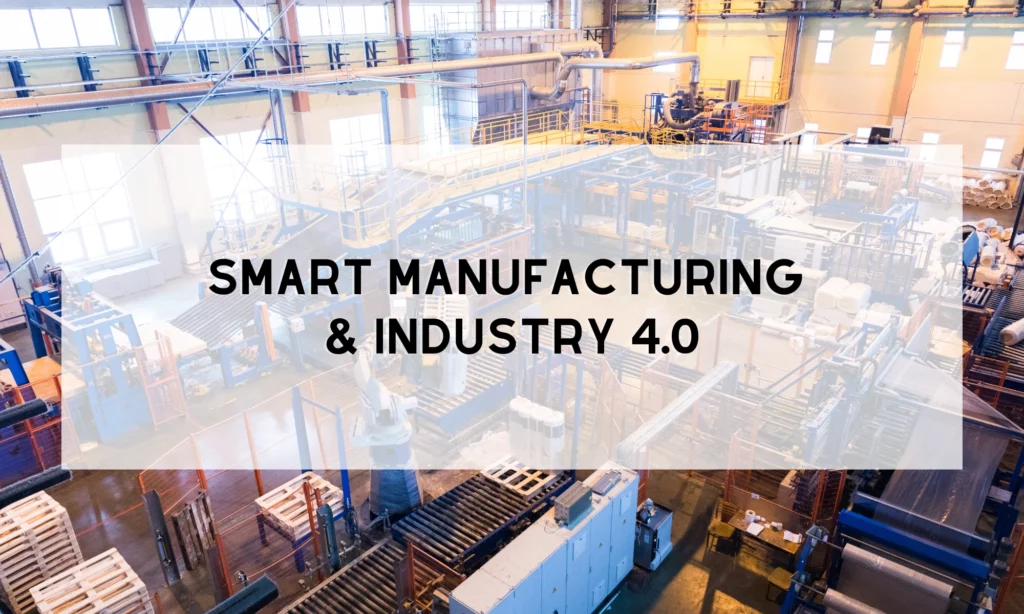
IoT automation is mostly adopted in industrial settings, with an estimated global value of approximately $276 billion in 2025. It automates every aspect of production lines, from material flow and product sorting to complex robotic assembly and real-time inventory management. This not only accelerates the manufacturing process with high precision but also ensures workforce safety and boosts productivity.
Using sensor data and AI algorithms, manufacturers can also predict machinery breakdowns in real-time and schedule maintenance proactively. Further, IoT-based vision systems will spot defects (e.g., cracks or misaligned positions) in real-time and trigger corrective actions or alerts automatically.
Another application of IoT automation in industrial settings is digital twins. As virtual replicas of physical equipment and assets, digital twins simulate manufacturing systems and processes. Connected sensors collect real-time data from physical machinery to feed these digital twins. This data offers a detailed view of your production, boosting predictions and optimizing real-world operations.
Today, various manufacturers have adopted the Industrial Internet of Things (IIoT) to build smart factories. BASF, Toyota, Rolls-Royce, Amazon, and many other giants are taking part in this field. For example, BASF – the world’s biggest chemical company – collaborated with Schneider Electric to control its Beaumont-based electrical substation remotely. EcoCare, Schneider Electric’s product, connected 63 devices (e.g., TeSys motor control systems) to gather and analyze data 24/7. This data helped BASF measure the performance and health conditions of its assets, supporting predictive maintenance.
2. Smart Cities & Infrastructure

Multiple cities worldwide have leveraged IoT to automate traffic management, waste management, lighting, public security, and more. Particularly, Los Angeles, Singapore, London, and other cities have used IoT-based systems embedded in traffic lights, cameras, and roadways to gather real-time traffic data (e.g., vehicle speed or density). IoT systems act on this data by automatically adjusting traffic lights, charging vehicles on specific roads at specific times, and routing vehicles. This helps minimize traffic jams and enhance travel safety.
IoT automation also supports public security with smart lighting or surveillance cameras. Typically, Copenhagen installed smart streetlights that can automatically modify their brightness based on pedestrian traffic and ambient light to save energy and enhance safety. Meanwhile, New York used ShotSpotter to detect gunshots more quickly and accurately and send the data to officer locations.
Besides, cities like London or Barcelona utilize IoT sensors to measure pollutants and send alerts directly to residents through different channels like social media. Sensor data collected from waste containers also help control fill levels to enable effective collection routes and minimize waste collection costs.
With these capabilities, IoT is supporting authorities in building smart, sustainable living environments for residents.
3. Smart Homes & Buildings

IoT is helping individuals live conveniently and companies operate sustainably. Why did we say so? Today, IoT-enabled automation systems like smart thermostats or security systems are making our homes and buildings “alive.” Smart thermostats can automatically modify temperature or humidity based on occupancy or weather conditions to save energy and improve comfort. Similarly, security systems like SimpliSafe or Ring Alarms can recognize faces, detect suspicious motions even in the dark, and automatically alert occupants.
Household appliances also become smarter, thanks to IoT. For example, you can monitor a smart oven’s functions (e.g., timers or preheating) through mobile apps or voice assistants. The oven can even scan barcodes on food packages, use temperature probes, and integrate recipes to automate cooking.
Further, with the support of voice assistants like Amazon Alexa, the lives of people, especially the elderly and those with disabilities, become much easier. Accordingly, people can use voice commands to control every smart device in their homes, from lighting and temperature to fridges.
4. Healthcare & Remote Patient Monitoring
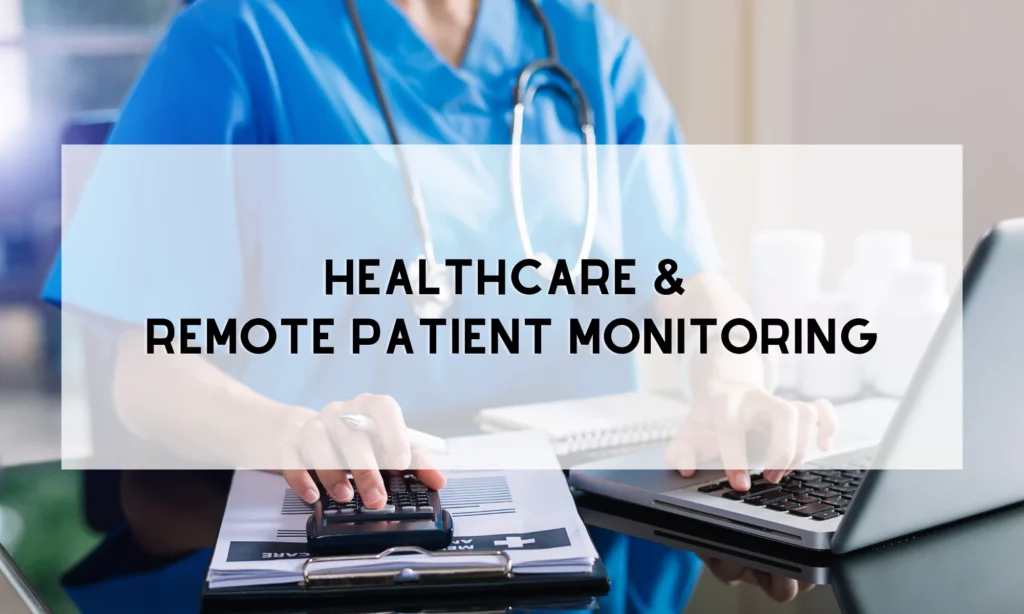
IoT automation is exceptionally crucial in healthcare, with a projected global value of $93.28 billion by 2025. By evaluating the data collected from wearable devices and other connected medical devices, healthcare professionals can easily monitor a patient’s health status, using metrics such as their activity level, sleep level, or stress level. This data allows the healthcare professional to detect potential diseases early and provide recommendations for treatment plans proactively to enhance the patients’ health.
Healthcare facilities also leverage (IoT hardware and software) sensors, Radio Frequency Identification (RFID) hardware, and platforms to automate their hospital management and daily operations. A prime example is when healthcare facilities track and monitor the location and availability of medications and medical equipment (e.g., infusion pumps, beds, etc.). This helps ensure that enough devices and medication are on hand for an emergency or during high patient volumes.
Also, through smart badges, healthcare providers can track patient movement and staff activities. This ensures unauthorized persons do not step in restricted areas, tracks how medical staff complies with hygiene protocols, and helps find in-patients easily when needed. Further, IoT sensors optimize environmental conditions in crucial areas like operating rooms to avoid pollution or damage.
5. Agriculture & Precision Farming
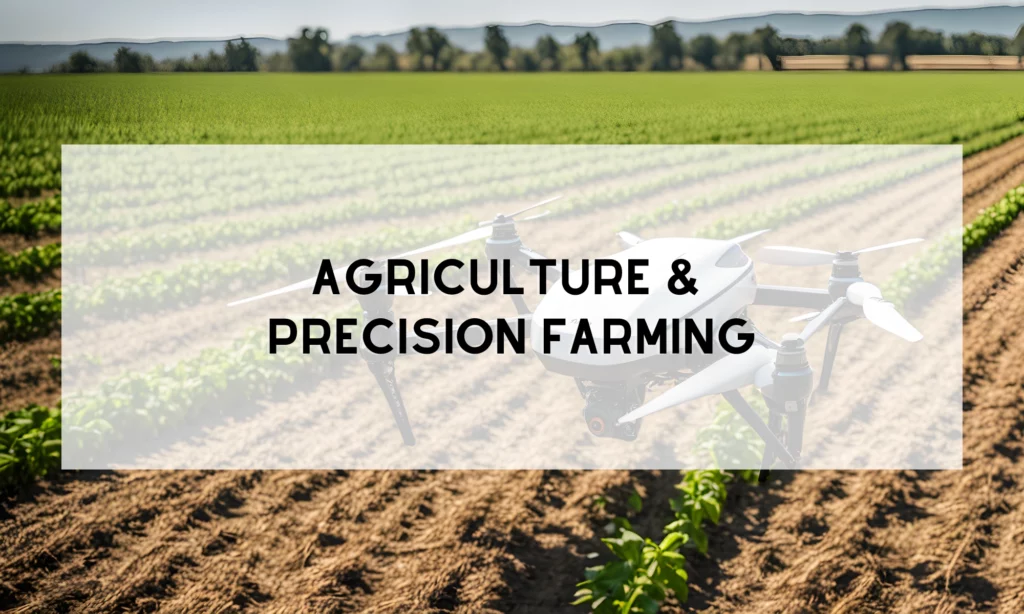
IoT-enabled systems in agriculture promote precision farming and food production efficiency. For example, smart technologies like CropX, Davis Instruments, or KaaIoT are capable of calculating weather conditions and environmental factors (such as soil moisture) in real-time to facilitate adequate and immediate irrigation while avoiding excessive water usage. They also help manage crop health and condition, allowing farmers to identify pests early and anticipate crop yields.
In addition, IoT automation can help with livestock management. By using IoT technology in the form of smart collars to consume sensor data, farmers can monitor an animal’s location in relatively large pastures and monitor the health of individual animals through monitoring vital signs in real-time – even detect disease early. IoT infrastructure can also monitor environmental factors, such as temperature and humidity, so farmers can optimize the animals’ living conditions. In addition, IoT systems can help automate various tasks (e.g., feeding or watering) to improve their use of resources and save labor.
FURTHER READING: |
1. 10 Best Providers of IoT Solutions to Consider in 2025 |
2. 20 Best Internet of Things Examples to Consider in 2025 |
3. Top 10 IoT App Development Companies to Consider in 2025 |
Challenges and Solutions
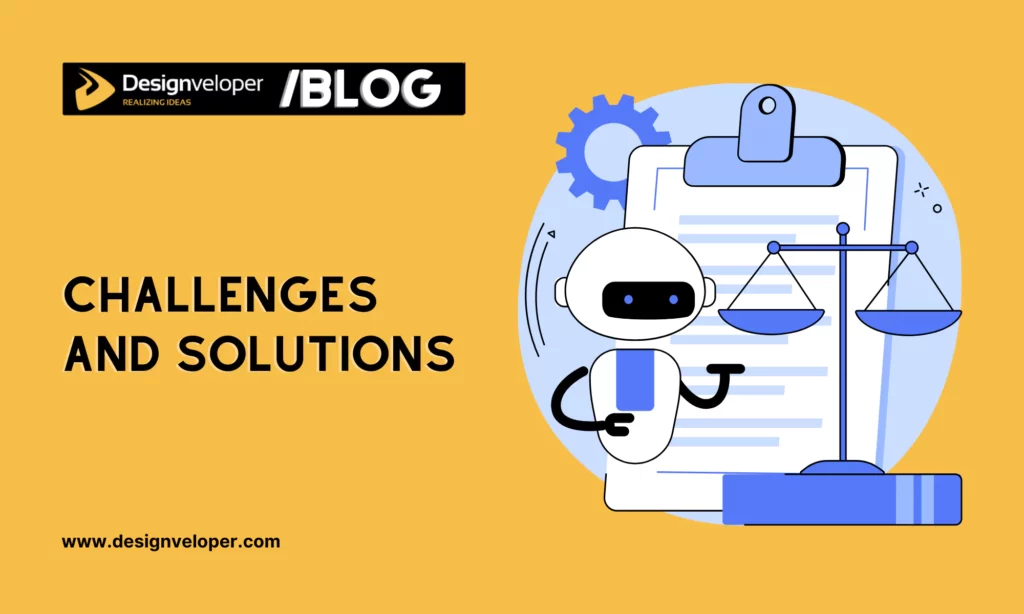
Despite huge benefits and applications across industries, IoT automation still presents several challenges your company needs to consider when deploying:
Data Privacy and Security
The IoT architecture is vast and complicated as it involves various devices, communication protocols, software systems, and cloud servers. Each piece of hardware, firmware, and software can be a potential gateway for cyber threats if they’re designed with weak security features.
Further, a huge network of IoT devices can produce large data volumes that are delivered between physical devices and to a central system. Without robust security protocols, data can be prone to unauthorized access at rest and in transit. Not to mention that some sectors like healthcare or finance have to handle sensitive data. Breaches in a single device not only disclose confidential data but also ruin the performance of the whole IoT system.
Solutions: To secure data and ensure compliance with privacy regulations, each layer of the IoT system should be equipped with strong security measures. They include robust authentication mechanisms, secure communication protocols, data encryption, and regular security updates. Also, when designing an IoT system, keep security as a priority. This allows development teams to insert security in every step of developing and deploying IoT systems.
Interoperability
Imagine a whole IoT automation system as a meeting’s host assigned to facilitate communication and collaboration between participants. These participants – aka physical devices and software platforms – perform different roles, own different expertise, and speak different languages (aka communication protocols).
However, due to a lack of universal protocols and standards, it’s hard for these “participants” to work seamlessly. For example, a lighting system from one brand might not interact with a security system from another. This problem is known as “interoperability.”
Solutions: When designing IoT infrastructure, consider choosing devices and platforms that support industry-wide standards and open communication protocols. This allows your IoT system’s components to work smoothly, offering flexibility for users and minimizing integration costs.
High Initial Investment
Developing and deploying an IoT-based automation system requires high initial costs and time. These costs often involve hardware components (e.g., sensors, microcontrollers), firmware, software, cloud services, connectivity networks (e.g., Wi-Fi, LoRaWAN), security, and integration with your legacy system. Not to mention that factors like maintenance, scalability, and customization can add up the total IoT development cost. Besides, IoT projects can last longer than planned due to business and technical issues.
Solutions: To possibly reduce costs, consider developing a Minimum Viable Product (MVP) to test essential features and integration with your current system. Additionally, use off-the-shelf solutions like pre-certified hardware components or common cloud platforms to minimize development costs and time. Further, focus on security and plan for scalability from the beginning of the IoT development project. This helps you avoid significant expenses associated to data breaches and future growth.
Future Outlook and Conclusion
Companies, especially manufacturers, are looking forward to solutions to improve operational efficiency, ensure workforce safety, and speed up business processes while reducing costs. IoT automation, powered by the growing integration of AI, 5G, and edge computing, has become increasingly popular to meet these demands. In the future, it’s expected that IoT will bring many more benefits to companies, hence increasing the adoption of this technology across industries.
Are you looking for a trusted, experienced partner to build a scalable, cost-effective IoT app? Designveloper is here to help.
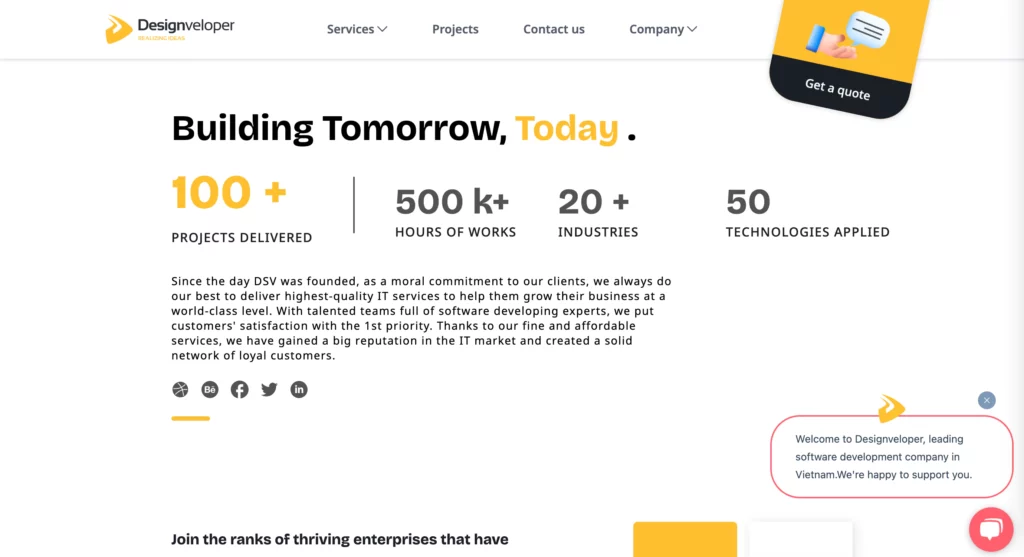
As one of the leading app developers located in Ho Chi Minh City, Vietnam, we have extensive expertise in 50 technologies and have delivered more than 100 projects successfully in custom software development, IoT, AI development, and cybersecurity. We adopt Agile approaches, Pomodoro, and other professional techniques to create IoT applications that can integrate seamlessly with your current systems and devices. Further, we offer ongoing support and maintenance to keep your IoT app updated and operating smoothly.
Contact us if you want to share your IoT idea with us!




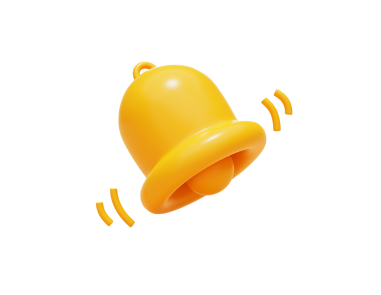

Read more topics















